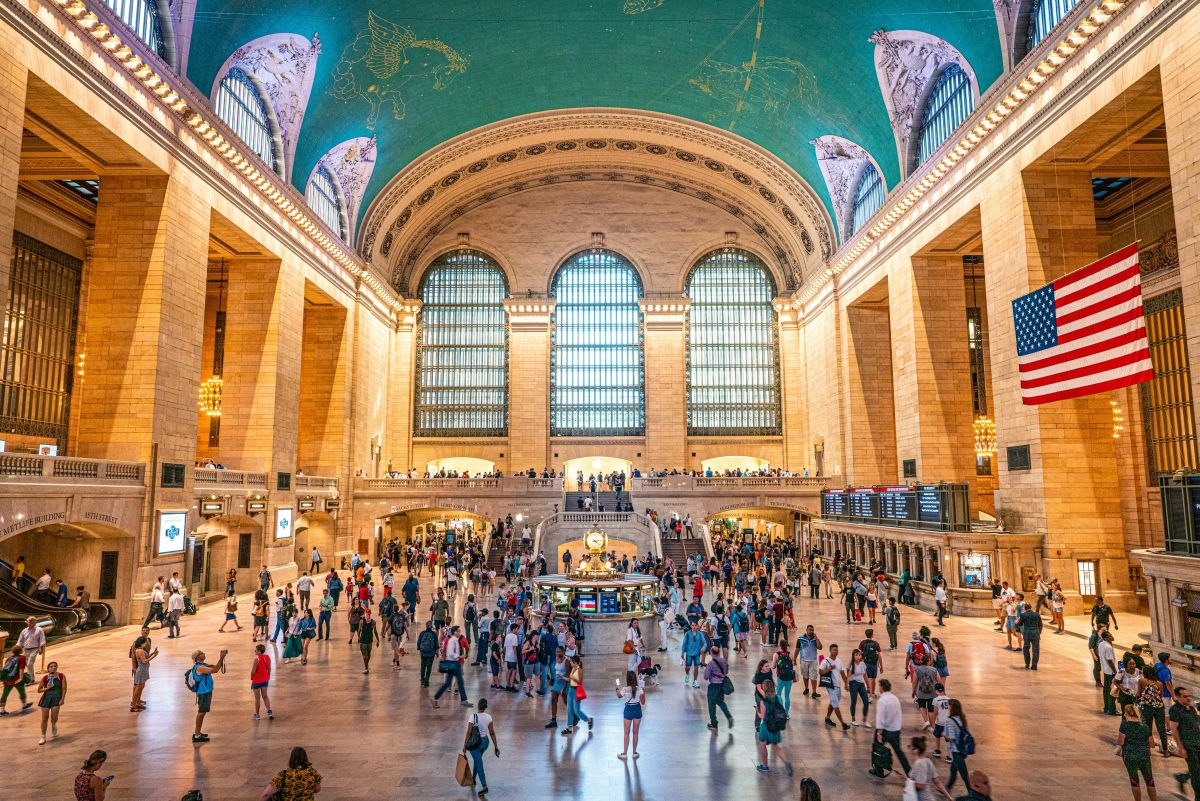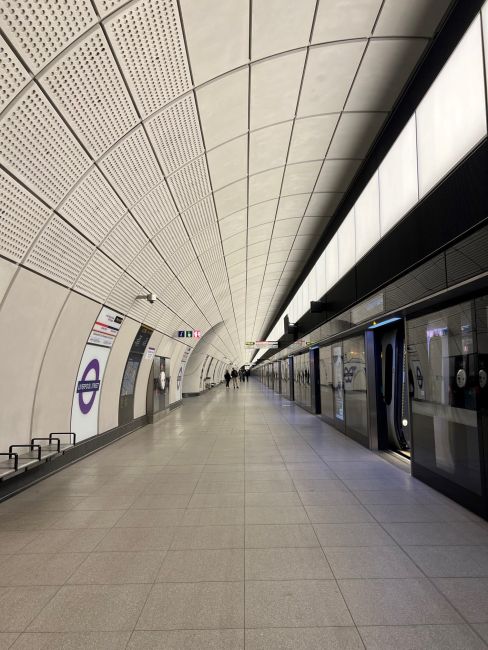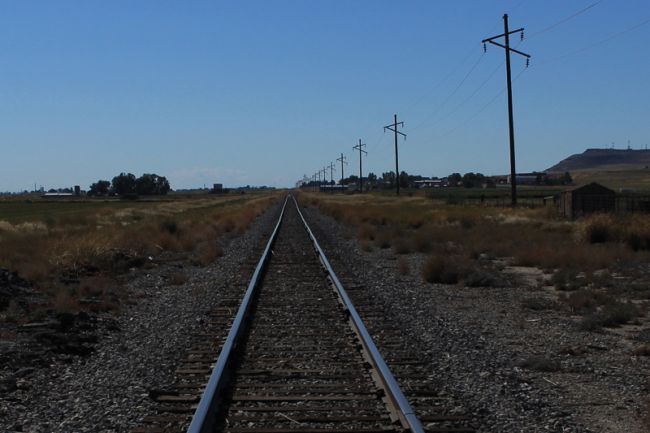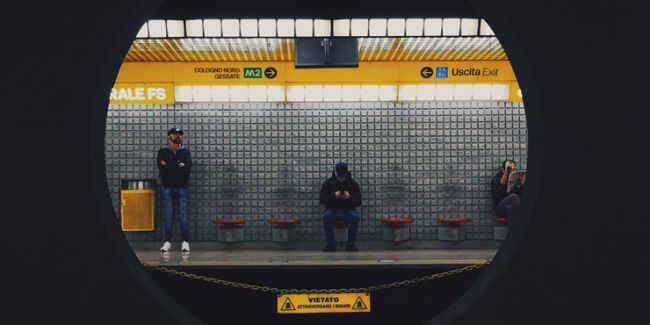The Northeast Corridor – an opportunity for investment
The rail system of the Northeast Corridor is the busiest railroad in North America.

The rail system of the Northeast Corridor (NEC) is the busiest railroad in North America, providing 475 miles of railway line which connects the major U.S. east coast cities of Washington, Baltimore, Philadelphia, New York and Boston.
The NEC serves the nation’s largest economic region with a population of 50 million, expected to rise to 70 million by 2040.
Amtrak has 76% of the air/rail market between Washington and New York, but the corridor is still dominated by car travel with 88% share of all travel over 75 miles. Can Amtrak do more to tackle the congestion that affects all of the transportation systems in the NEC?
Amtrak has developed two responses to this challenge. In 2010, working collaboratively with the 12 states served by the NEC and other stakeholders, it developed a Masterplan to bring the infrastructure to a state of good repair and to provide some valuable incremental service improvements. Amtrak also recognized that attainment of the corridor’s full potential would require additional capacity with much faster travel times. It accordingly proposed to develop a new high-speed rail system called NextGen.
Both upgrading and building new intercity passenger infrastructure adds capacity that can be used for more commuter and freight rail. So there are choices. The challenge is to get the balance of new build and upgrade right, and to specify a feasible staging of the works.
If Amtrak is to make real progress with NextGen, it needs to identify an initial segment of new alignment that would showcase a genuine high-speed capability and allow full testing of 220 mph operation. Increasing speed on the existing railroad does nothing for line capacity and widens the speed mix between different train types. What is needed is a program that combines new build and upgrade, blended to maximize return on capital investment and to capture public support.
In the longer term, with increased capacity available, it would be possible to see new market entrants providing services on the NEC, offering competition and customer choice. It would also become possible, with an established system of track access fees, to introduce private sector funding with commercial returns being earned on an availability payment basis.
The wider challenge will be to seize the opportunity to have passenger rail play a much more substantive role across the whole of the NEC. This will require the capacity and capability that contemporary high-speed rail can provide, as well as an enhanced set of commuter rail operations in each state.























